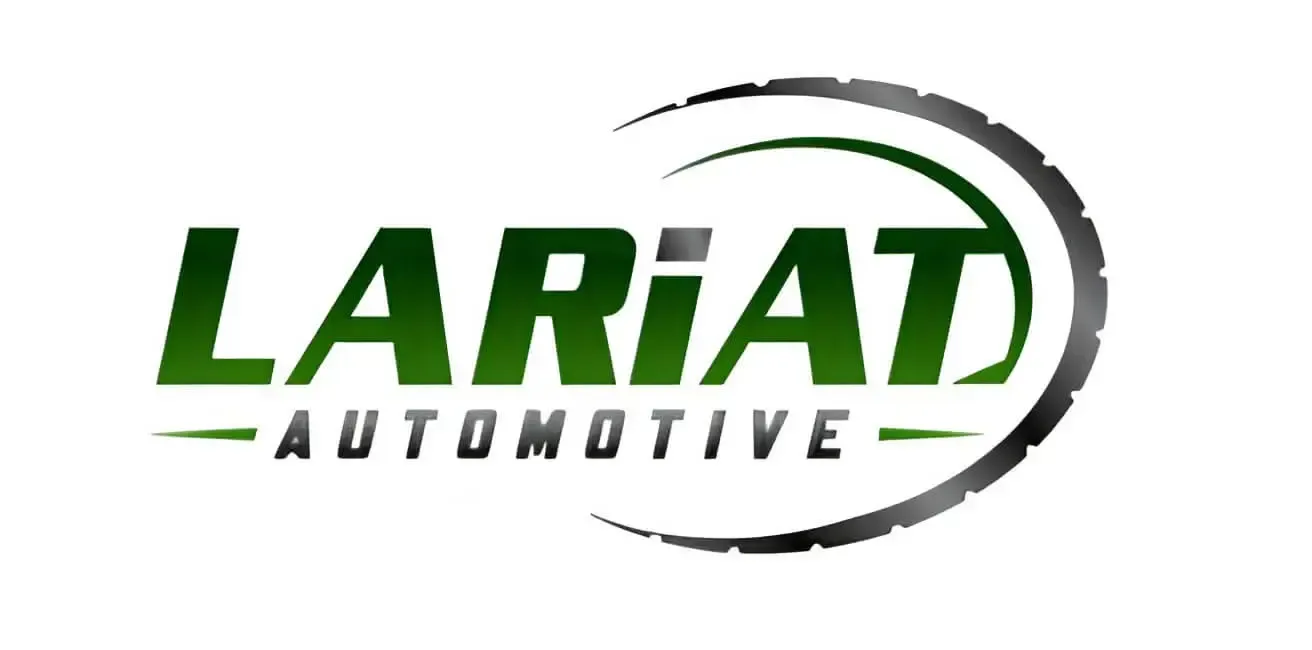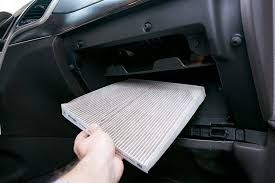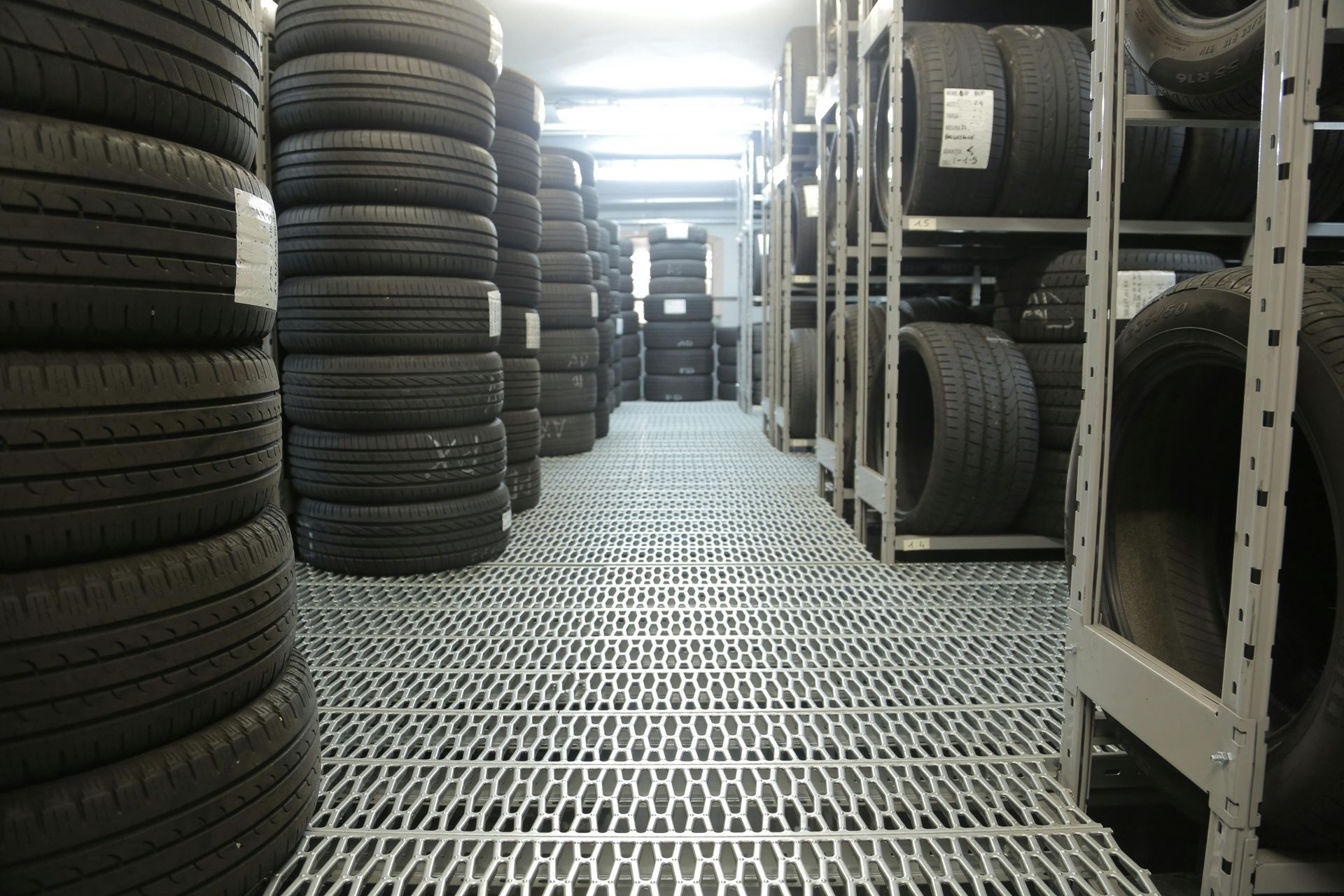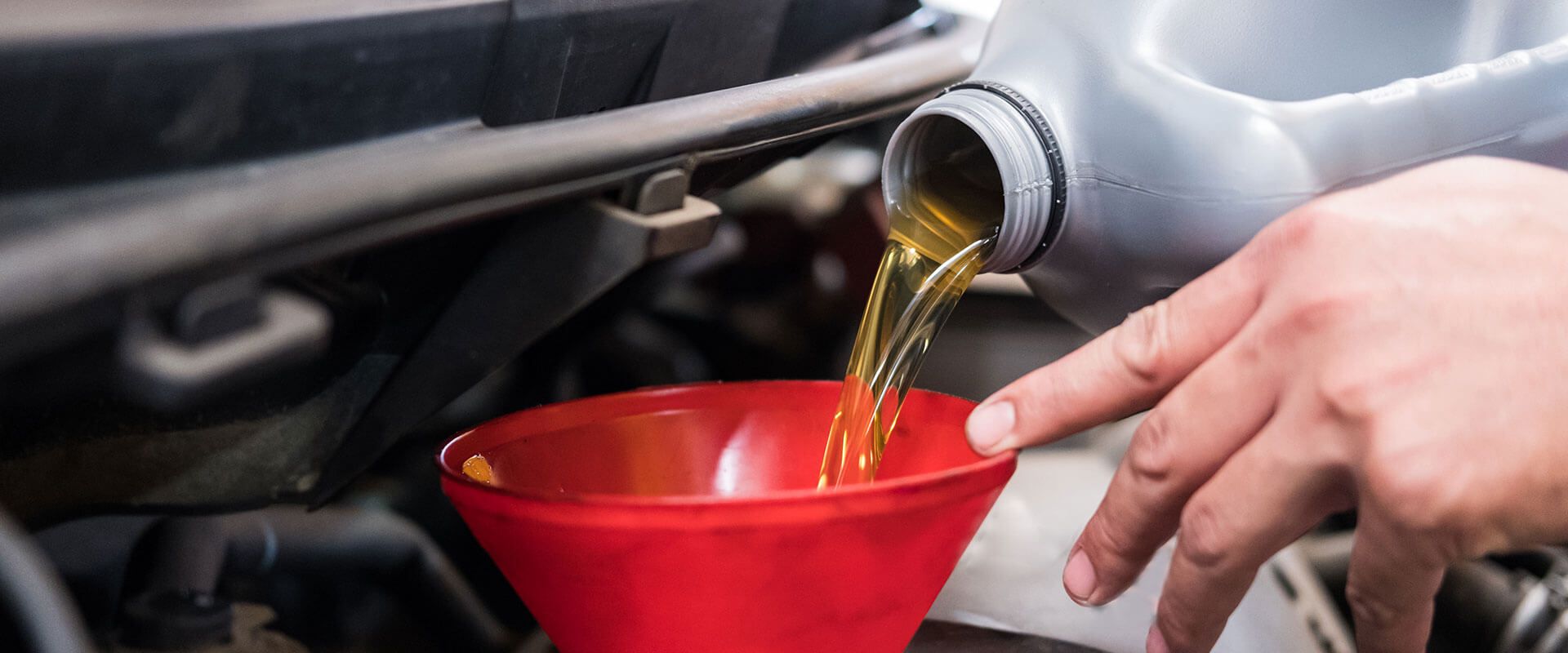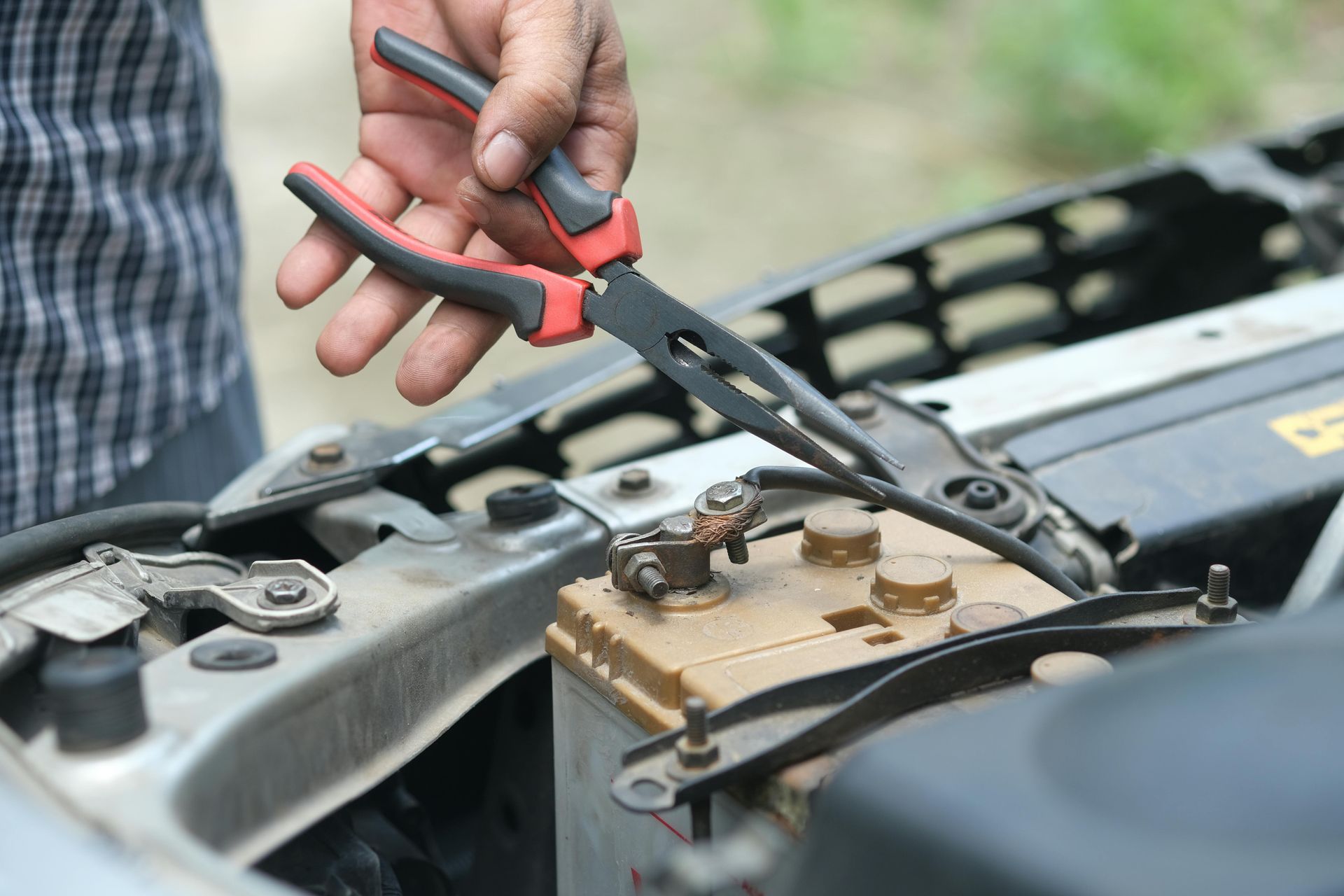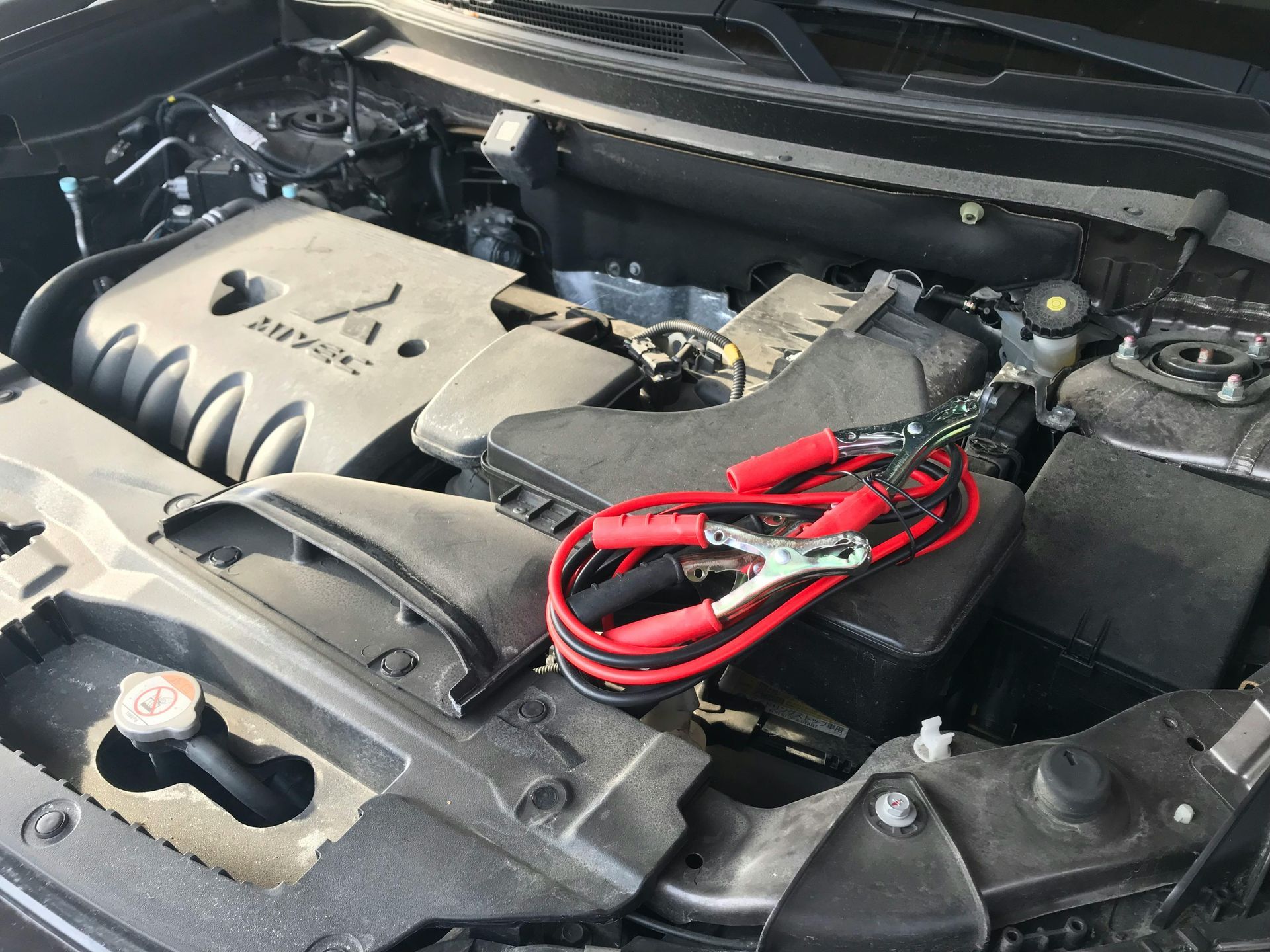Demystifying Dashboard Lights
A Guide to Common Warning Signals

If you're like most drivers, you’ve probably experienced that moment of panic when a dashboard light suddenly pops up while you’re on the road. Whether it’s a small icon you don’t recognize or a glaring red warning, it’s easy to feel uncertain about what these symbols really mean for your car’s health.
Don’t worry – you’re not alone, and understanding these dashboard lights can save you from unnecessary stress and potentially costly repairs. In this blog post, we’ll break down the most common dashboard warning lights and explain what each one means, so you can drive with more confidence and know when it’s time to take action.
1. Check Engine Light (CEL)
What it looks like: An engine-shaped icon, usually amber or yellow.
The check engine light (CEL) is one of the most commonly feared symbols, and for good reason—it indicates a potential problem with your engine or exhaust system. While it doesn’t always point to something serious, it could be triggered by issues like a loose gas cap, faulty sensors, or more severe engine or emission problems.
What to do: If the light is solid, it’s usually safe to drive, but it’s wise to get it checked soon. If the light starts flashing, it signals a more serious issue, and you should pull over and seek assistance immediately.
2. Oil Pressure Warning Light
What it looks like: An oil can with a drop of oil.
This light indicates low oil pressure, which can cause your engine to overheat or suffer significant damage if left unchecked. It could be caused by low oil levels, a leak, or a failing oil pump.
What to do: Stop and check your oil level as soon as possible. If the level is fine but the light remains on, you should contact a mechanic to inspect the issue.
3. Battery/Charging System Warning
What it looks like: A battery symbol, sometimes with a plus and minus sign.
This light signals that there may be an issue with your car’s charging system, such as a faulty alternator or a weak battery. If the light turns on, your car may stop receiving power, which could leave you stranded.
What to do: Turn off all unnecessary electrical devices (like lights, air conditioning) to reduce the load on the battery. Drive to a mechanic to get your charging system checked out. If the light stays on, you may need to replace the alternator or battery.
4. Brake Warning Light
What it looks like: An exclamation mark inside a circle or a “P” with an exclamation.
The brake warning light can appear for several reasons, including low brake fluid, worn brake pads, or an issue with the anti-lock braking system (ABS). If this light appears alongside other warning signs, like a spongy brake pedal or strange noises, it may indicate a serious problem with your braking system.
What to do: If the light comes on while driving, pull over to a safe area and check your brake fluid. If fluid levels are fine, or if the light comes on without warning, get your vehicle inspected immediately.
5. Tire Pressure Warning Light
What it looks like: An exclamation mark inside a horseshoe-shaped tire.
This light means that one or more of your tires is underinflated, which can lead to unsafe driving conditions, increased tire wear, and poor fuel efficiency. It can also appear if your tires are overinflated or if there is a sudden temperature change.
What to do: Check the tire pressure with a gauge and inflate tires to the recommended level. If the light doesn’t go off after inflating, there may be a slow leak or sensor malfunction, so it’s best to get it checked out.
6. Coolant Temperature Warning Light
What it looks like: A thermometer inside a liquid (usually blue or red).
This light warns you that your engine is overheating and needs immediate attention. It could be caused by a coolant leak, a faulty thermostat, or a clogged radiator.
What to do: If the light turns on while driving, pull over as soon as it’s safe and allow the engine to cool down. Never open the radiator cap while the engine is hot, as it could cause burns. Once it has cooled down, check coolant levels, and if they are low, top up. If the light remains on, seek professional help.
7. ABS Warning Light
What it looks like: The letters “ABS” or an exclamation mark inside a circle.
This light indicates a malfunction in your anti-lock braking system (ABS). The ABS is responsible for preventing your brakes from locking up and maintaining steering control during hard braking. A problem with ABS won’t affect normal braking, but it may reduce your vehicle’s safety in an emergency stop.
What to do: While it’s safe to drive with this light on, you should have the ABS system inspected as soon as possible to ensure your safety.
8. Airbag Warning Light
What it looks like: A figure of a person with a circle representing the airbag.
This light signals a potential issue with your vehicle’s airbags, seatbelt sensors, or safety restraint system. If this light is illuminated, your airbags may not deploy in the event of an accident.
What to do: Visit a mechanic immediately to have your airbag system checked out. Driving without a functional airbag system can be dangerous.
9. Service Vehicle Soon Light
What it looks like: The word “Service” or “Service Vehicle Soon” displayed on the dashboard.
This light typically signals that your vehicle is due for regular maintenance or that a non-urgent issue has been detected, such as a malfunctioning sensor or low fluid levels.
What to do: Check your car’s owner manual for the recommended service schedule and book an appointment with your mechanic.
10. Transmission Temperature Warning
What it looks like: A thermometer inside a gear or transmission symbol.
This light warns that your vehicle’s transmission is overheating, which can lead to costly damage if not addressed promptly.
What to do: If this light comes on, stop driving and let the engine cool down. Check your transmission fluid levels, and if the light remains on, have your transmission inspected by a professional.
Conclusion
Dashboard lights are designed to provide crucial information about the health of your vehicle. While some may indicate minor issues, others can point to serious problems that require immediate attention. If you’re ever unsure about a warning light, it’s always best to consult your car’s manual or visit a mechanic to avoid further complications.
Remember, staying on top of your car’s dashboard lights can help you catch problems early and prevent more expensive repairs down the road. Stay informed, stay safe, and happy driving!


Follow us
Lariat Automotive
Services
Follow us
Lariat Automotive
5142 Rice Lake Rd, Duluth, MN 55803, United States of America
Mon - Fri 7:00 AM - 5:00 PM
© 2024 Business Name. All Rights Reserved | Website managed by Shopgenie
